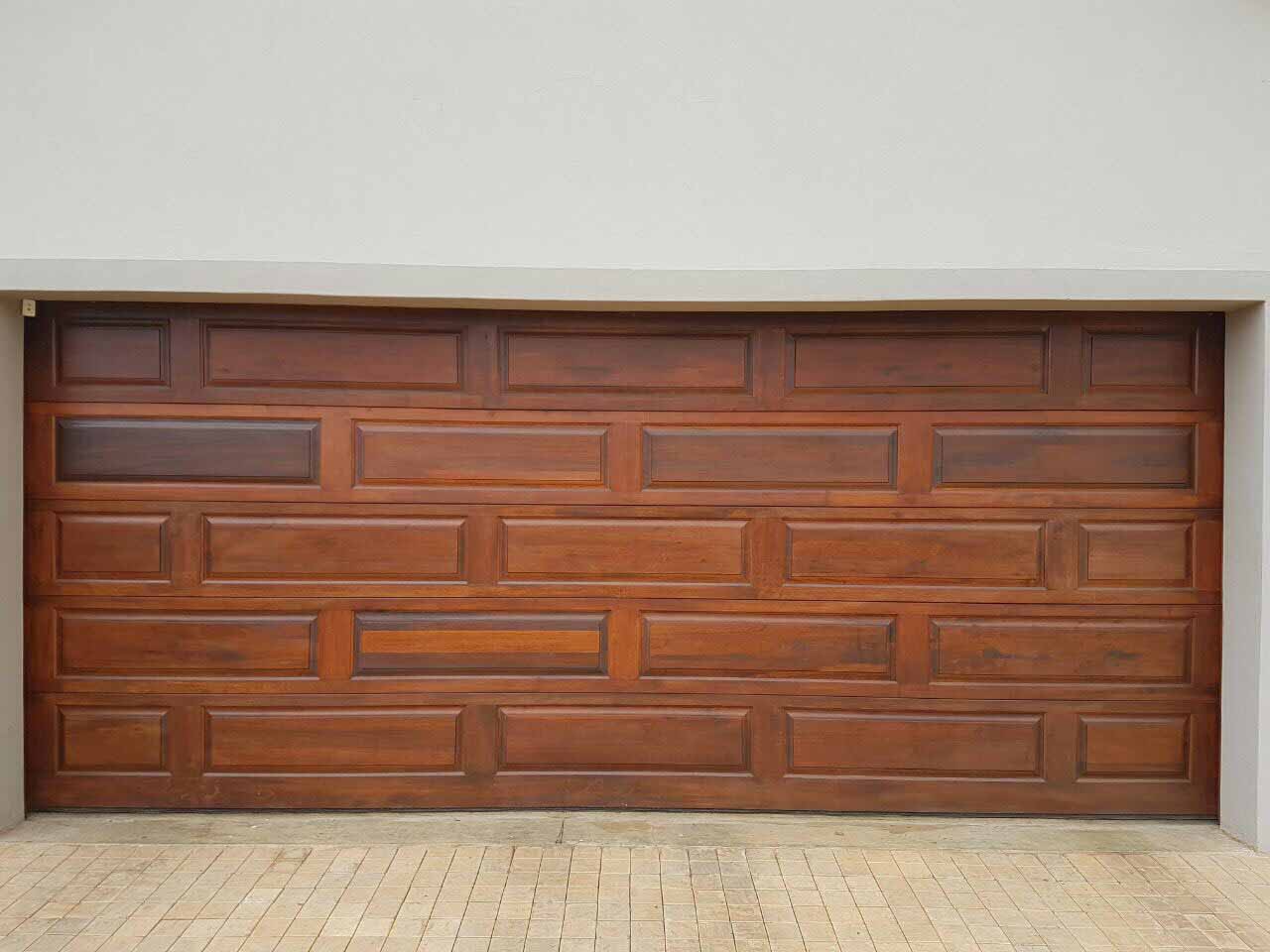When it comes to interior and exterior design, door finishes play a significant role in determining the aesthetic appeal and durability of your doors. From traditional wooden finishes to modern laminate and veneer options, the right door finish can transform your space while protecting your doors from wear and tear. In this guide, we explore various door finishes, their features, and how to choose the perfect one for your needs.
What Are Door Finishes?
A door finish is the final surface treatment applied to doors to enhance their appearance, improve durability, and provide protection against environmental factors such as moisture, UV rays, and scratches. The finish can be decorative, functional, or both, depending on the material and application.
Types of Door Finishes
1. Painted Finishes
Paint is one of the most versatile and widely used finishes for doors.
- Features: Wide range of colors, customizable, and easy to maintain.
- Applications: Suitable for both interior and exterior doors.
- Advantages: Enhances visual appeal, resists moisture, and offers a budget-friendly solution.
2. Veneer Finishes
Veneers are thin slices of natural wood adhered to the door’s surface for a luxurious and organic appearance.
- Features: Offers the look of solid wood at a lower cost.
- Applications: Best for interior doors in high-end residential and office spaces.
- Advantages: Eco-friendly, elegant, and available in various wood grains and patterns.
3. Laminate Finishes
Laminates are synthetic materials layered over the door’s surface, providing a sleek and modern appearance.
- Features: Durable, scratch-resistant, and moisture-resistant.
- Applications: Ideal for high-traffic areas like kitchens, bathrooms, and commercial spaces.
- Advantages: Low maintenance, cost-effective, and available in various colors and textures.
4. Polished or Lacquered Finishes
Polishing or lacquering enhances the natural beauty of wooden doors by creating a glossy or matte look.
- Features: Protects wood while showcasing its natural grain.
- Applications: Often used for solid wood doors in living rooms and bedrooms.
- Advantages: Long-lasting and adds a sophisticated touch.
5. Textured Finishes
Textured finishes, such as embossed or carved designs, add depth and character to doors.
- Features: Unique and visually striking.
- Applications: Used in both residential and commercial spaces for a statement look.
- Advantages: Customizable and highly decorative.
6. Metallic Finishes
Metallic finishes incorporate materials like aluminum or stainless steel for a contemporary, industrial look.
- Features: Sleek and durable.
- Applications: Perfect for modern and minimalist interiors.
- Advantages: Resistant to corrosion and scratches.
7. Glass Finishes
Glass finishes, either frosted or clear, add an element of sophistication and light.
- Features: Enhances brightness and openness in interiors.
- Applications: Commonly used for sliding or French doors.
- Advantages: Elegant, versatile, and easy to clean.
Factors to Consider When Choosing Door Finishes
1. Door Material
The base material of your door (wood, metal, glass, etc.) significantly impacts the choice of finish. For example, wooden doors pair well with veneers and polishes, while metal doors benefit from paint or metallic finishes.
2. Location
- Interior Doors: Opt for finishes that emphasize aesthetics, like veneers or laminates.
- Exterior Doors: Choose weather-resistant finishes such as paint or lacquer to withstand environmental conditions.
3. Maintenance Requirements
If you prefer low-maintenance options, consider laminates or painted finishes. Polished finishes may require periodic touch-ups to maintain their luster.
4. Design Style
Align the door finish with your interior design theme. For example, matte finishes complement modern aesthetics, while polished wood is ideal for traditional or rustic decor.
5. Budget
Veneers and textured finishes are typically more expensive, while painted and laminate finishes offer budget-friendly alternatives.
Benefits of High-Quality Door Finishes
- Enhanced Durability: Protect doors from scratches, moisture, and UV damage.
- Aesthetic Appeal: Improves the overall look of the space.
- Customization Options: Wide range of textures, colors, and patterns to suit any decor.
- Ease of Maintenance: Certain finishes, like laminates, are easy to clean and maintain.
- Increased Lifespan: High-quality finishes prevent warping, cracking, and fading.
Popular Trends in Door Finishes
- Matte Black Finishes: Exude modern elegance and pair well with minimalist interiors.
- Natural Wood Textures: Highlight organic beauty with veneers or polish.
- Two-Tone Finishes: Combine contrasting colors or materials for a bold, contemporary look.
- Frosted Glass: Adds privacy without compromising light.
- Eco-Friendly Options: Use of sustainable materials and finishes to promote environmental responsibility.
Maintaining Your Door Finishes
- Regular Cleaning: Use a soft, damp cloth to wipe down doors and avoid harsh chemicals.
- Periodic Polishing: Wooden finishes may require occasional polishing to restore their shine.
- Protect from Moisture: Use water-resistant finishes for areas prone to humidity, like bathrooms and kitchens.
- Avoid Direct Sunlight: Position doors away from harsh sunlight to prevent fading.
- Inspect for Damage: Repair chips or scratches promptly to maintain the integrity of the finish.
Conclusion
Door finishes are not just protective layers but also integral elements of design that can elevate the style and functionality of your spaces. Whether you’re looking for durability, elegance, or a modern aesthetic, choosing the right finish ensures your doors make a lasting impression while standing the test of time.




